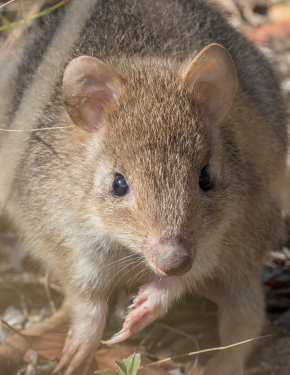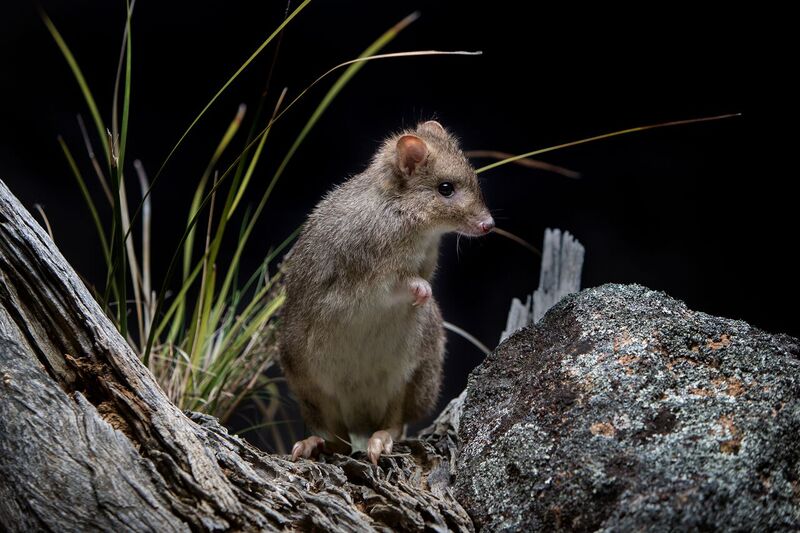
Once widespread across Australia, the eastern bettong (or rat kangaroo) has been extinct on the mainland for a century, and survives in the wild only on Tasmania. But eight of the endangered marsupials have been released into the Mulligans Flat Woodland Sanctuary expansion area as part of a world-leading ecological restoration project.
Rebecca Vassarotti, ACT Minister for the Environment, said this was the next step in gradually reintroducing the eastern bettongs to mainland Australia, where they can help restore balance to native ecosystems.
The eastern bettong is one of 20 mammals the Australian Government has prioritised for species recovery. Tasmanian bettongs were brought to the ACT a decade ago to form breeding colonies at Tidbinbilla Nature Reserve and Mulligans Flat Woodland Sanctuary.
As of 2018, the Mulligans Flat population had grown from 32 adults to a self-sustaining population of 120 to 180 individuals, the Federal Government stated. However, the population could not grow because there was not enough room – a problem releasing the bettongs into the expansion area is designed to fix.
“The release of these bettongs is significant not just for our local environment, but for the entire country,” Ms Vassarotti said. “The eastern bettong has a pivotal role in its ecosystem, where some of their activities include spreading truffle spores, helping to regenerate the soil, and creating burrows that support native plant growth.
“Expanding their populations at the sanctuary is an important step in reconstructing an entire food web of native species, only 20 minutes from the Canberra city centre.”
The eastern bettong, a member of the rat-kangaroo family, went extinct on mainland Australia in the early 20th century, due to predation by foxes and feral cats, habitat loss and degradation, and bounties by farmers who wanted to protect their potato crop.
“At one point in Canberra’s history, they were so numerous you couldn’t plant potatoes to grow in your backyard,” Ms Vassarotti said.
The ACT Government has worked with the Australian Government, the NSW National Parks and Wildlife Service, the Australian National University, and other organisations to boost populations and establish six new bettong colonies.
“Our partners have been working for more than a decade to establish and expand the Sanctuary so we can foster new populations of threatened species and start to reverse the declines of native fauna,” Dr Jason Cummings, CEO of the Woodlands and Wetlands Trust, said.
“This latest milestone is testament to the work and support of many partners.
“We are looking forward to seeing the bettong population grow and making bettongs available for other Sanctuaries around Australia.”
Ms Vassarotti encouraged the public to visit the Sanctuary “and explore a critically endangered ecosystem and hear from a Wildbark Ranger about the work they do to help Australia’s wildlife”.
Canberra Daily is keen to hear from you about a story idea in the Canberra and surrounding region. Click here to submit a news tip.



